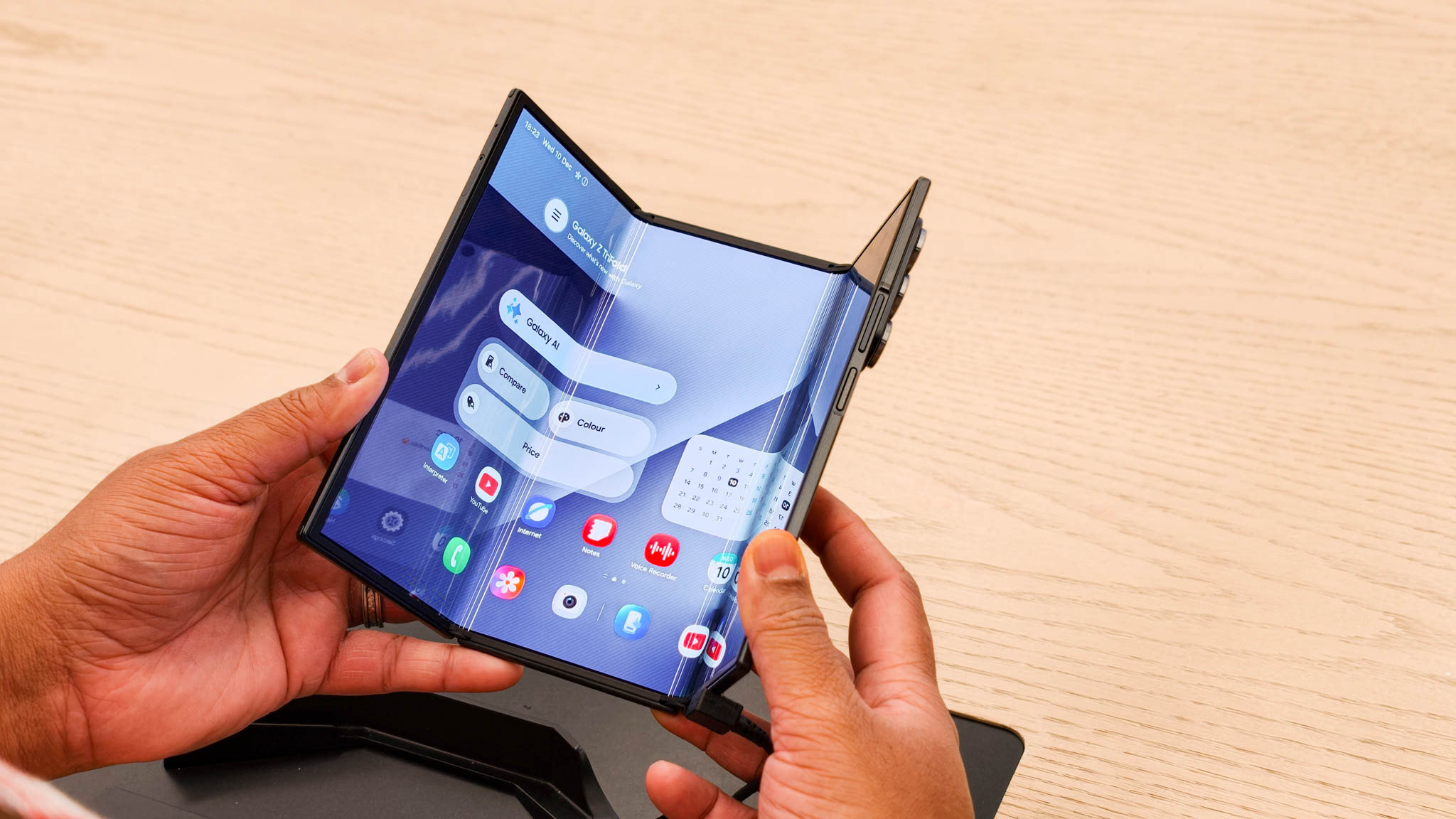Apple iPhone 16 Pro Max vs. Google Pixel 9 Pro XL: Battle of intelligence
The iPhone 16 Pro Max has cool hardware features, but is it intelligent enough to take down the Pixel?
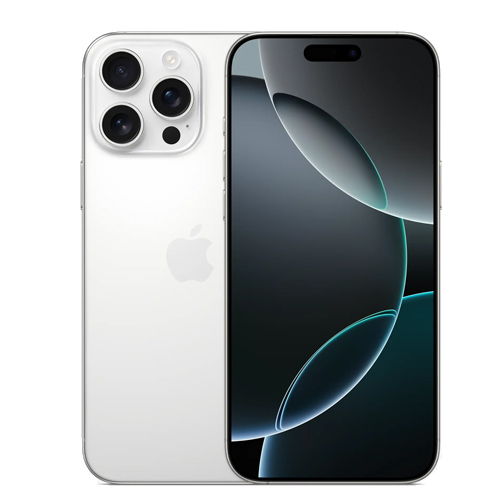
Going big
The iPhone 16 Pro Max has the largest display ever shipped on an iPhone and features a new hardware camera button, better battery life, and 4K 120fps capability for the primary camera.
Pros
- Massive display
- Durable titanium construction
- New 48MP ultrawide lens
- 4K 120fps ProRes recording
- Powerful performance
Cons
- Expensive
- Apple Intelligence AI features yet to come
- Not a massive upgrade over 15 Pro Max
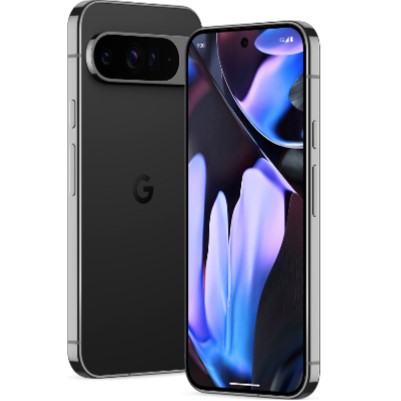
AI masterclass
The Pixel 9 Pro XL offers some of the best AI features, cameras, and battery life of any Pixel to date. These things make up for the average SoC performance and higher price compared to last year's model.
Pros
- Seven years of software support
- Brilliant AI features that you can use today
- Highly dependable cameras
- Quicker charging speed
Cons
- A bit pricey
- Tensor SoC is a letdown for gaming
- 128GB base storage is unacceptable
Doing an Apple vs. Android comparison is always tricky since they are based on entirely different software platforms, and based on your current ecosystem of devices, your current devices force you to go in one direction, whether you like it or not. If you don't have a preferred ecosystem, choosing between the one the iPhone offers and the one on the Pixel 9 Pro XL is easier. But which one should you choose if you're open to either platform?
Apple outdid themselves with the new iPhone 16 Pro Max, a phone with fantastic specifications and the biggest display. On the other hand, we have Google's Pixel 9 Pro XL, arguably the best way to experience Android the way Google intended it to.
Both phones are priced roughly the same and boast cutting-edge hardware. For better or worse, AI is here to stay, and that’s the current hook every manufacturer is grabbing on to sell their expensive devices. The iPhone 16 Pro Max and Pixel 9 Pro XL support the best AI advancements from each camp. The question is, which one should you give your money to?
Apple iPhone 16 Pro Max vs. Google Pixel 9 Pro XL: Design and display
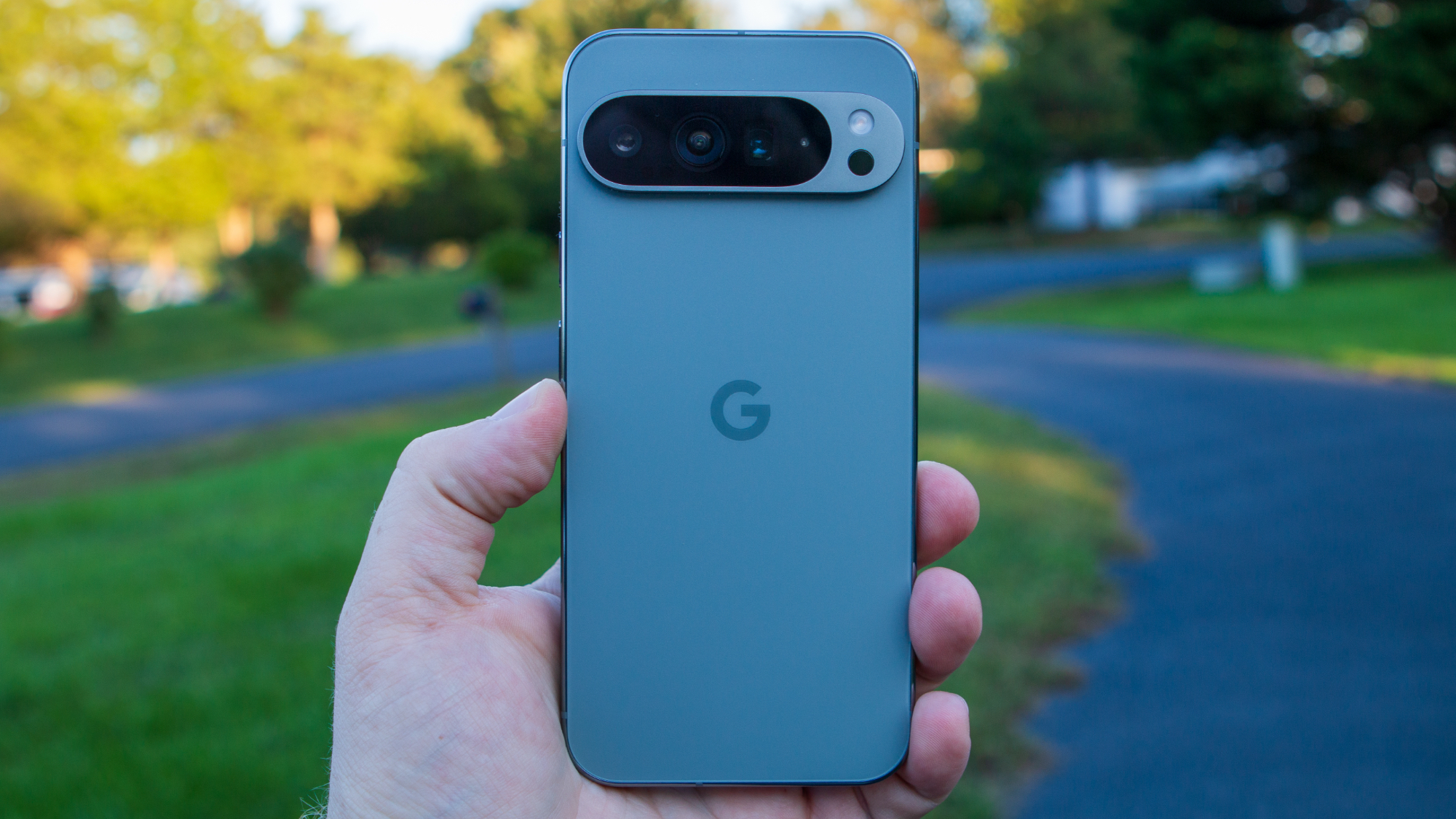
If you love holding large slabs of glass and metal, you’ll love both these phones. The Pixel 9 Pro XL is a true successor to the Pixel 8 Pro since it has similar dimensions: 162.8 x 76.6 x 8.5mm and 150.5 x 70.8 x 8.9mm, respectively. Google has changed the design quite a bit this year, and it looks pretty epic, in my opinion. The flattened side frame makes it look more like an iPhone than ever, and the aluminum and scratch-resistant glass give it a premium feel in the hand. It’s a bit heavy at 221g, but not too chunky.
At first glance, the iPhone 16 Pro Max looks almost identical to its predecessor. It’s grown a bit larger due to the bigger screen, and slightly bigger than the 9 Pro XL in hand. It’s also heavier at 227g but surprisingly slimmer than the Pixel at 8.3mm depth. The Pro Max uses a sturdier titanium material for the frame and Apple’s concoction for a scratch-protective glass called Ceramic Shield. The phone gets a new dedicated camera button with haptic feedback, which lets you control different camera settings depending on how you press it. For example, press once for a picture and long-press for a video.
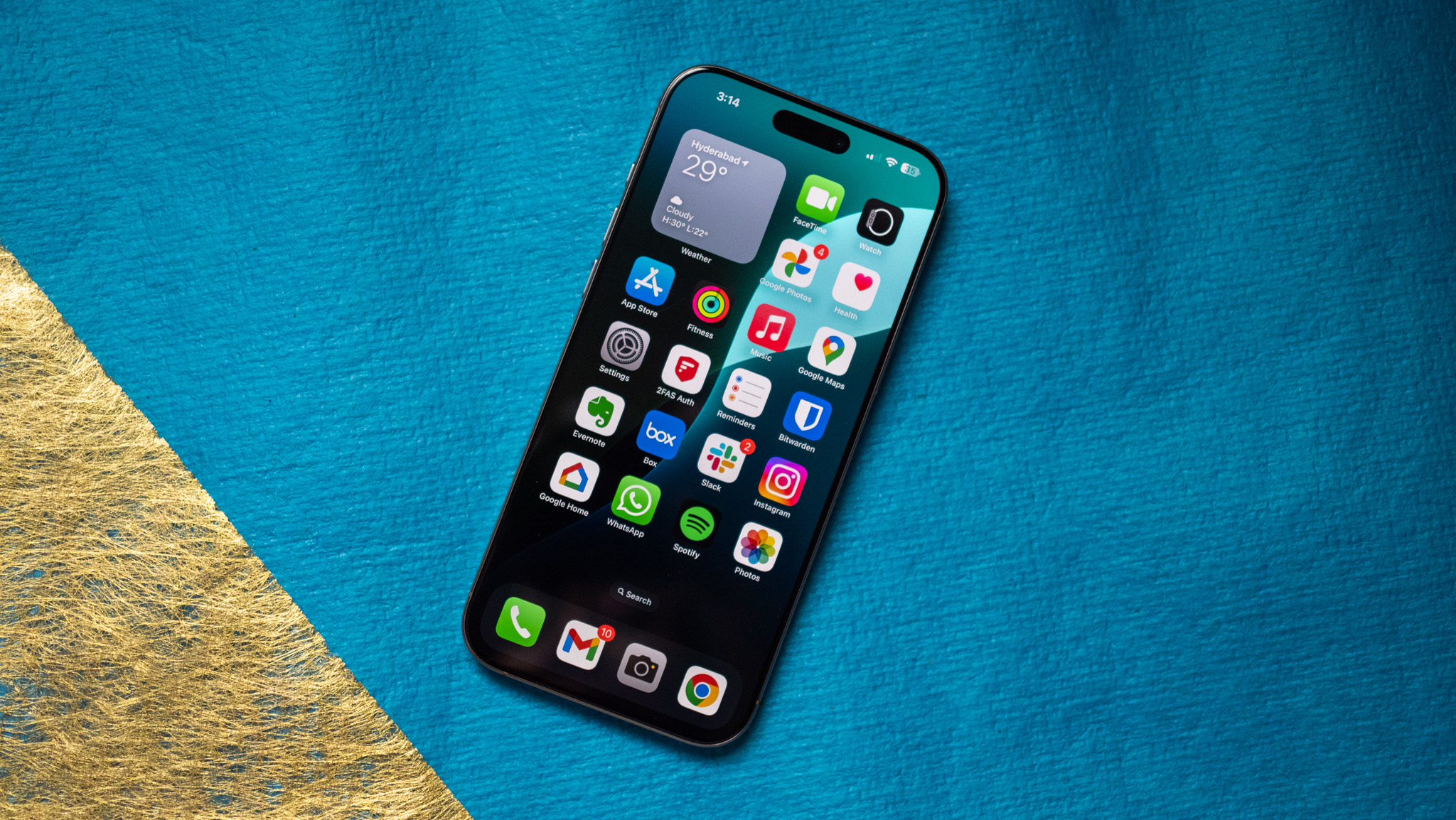
Both phones have an IP68 rating for dust and water resistance, meaning they are totally sealed from dust and can be submerged in water for up to 1.5 meters for 30 minutes. Neither phone has expandable storage, so it's important to consider your storage needs carefully before choosing. Also, Apple and Google use USB Type-C (USB 3.2), so file transfer speeds should be similar.
The displays on both phones are impressive. The Pixel 9 Pro XL has a 6.8-inch OLED display with a high resolution of 2,992x1,344 pixels. It has LTPO tech, which means the refresh rate can vary from 1Hz to 120Hz. The display has a 20:9 aspect ratio, full support for HDR playback, and a peak brightness of up to 3,000 nits.
Get the latest news from Android Central, your trusted companion in the world of Android
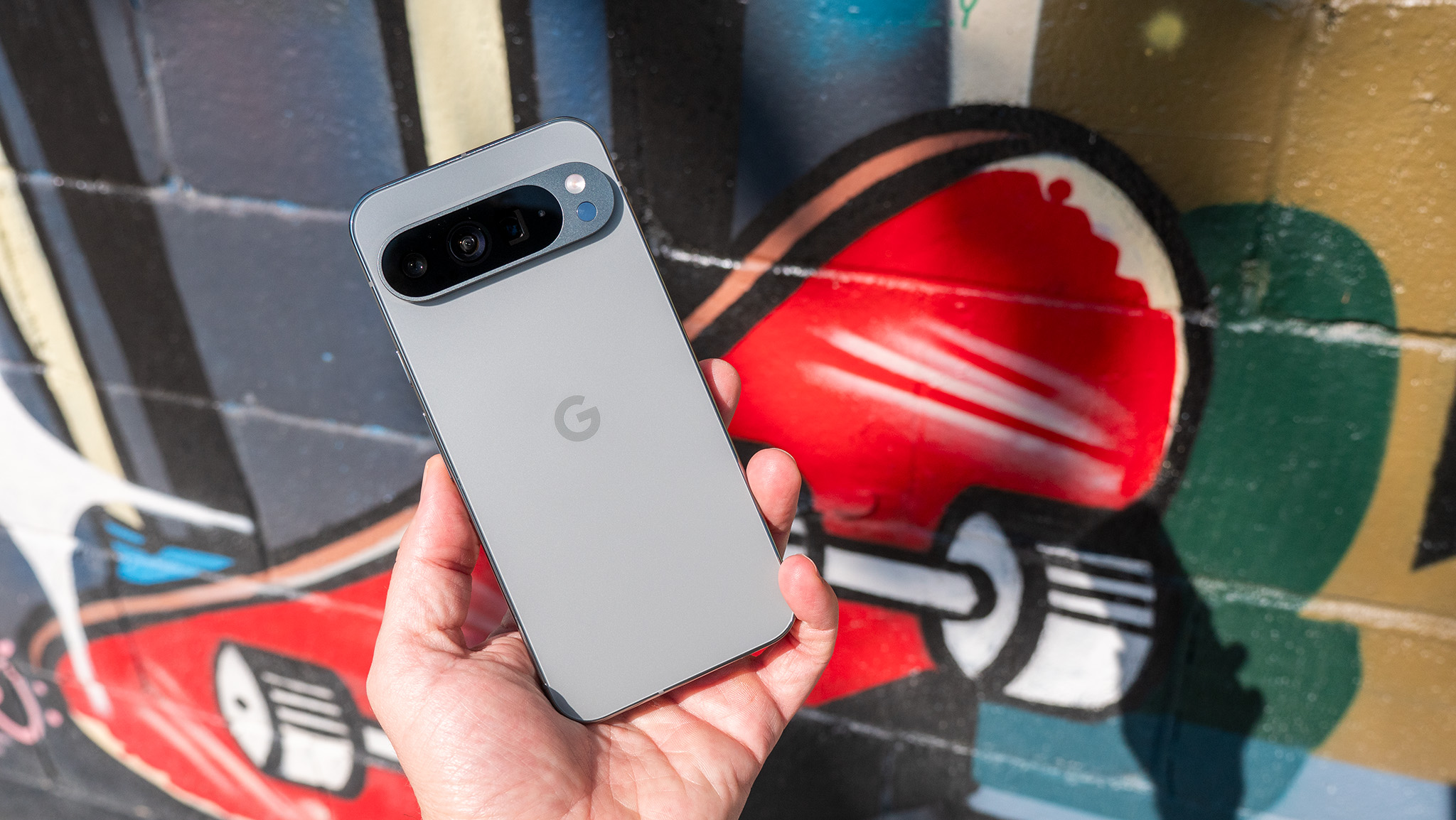
The iPhone 16 Pro Max’s display is awe-inspiring this year as it’s a whopping 6.9 inches, with razor-slim bezels. The resolution has increased to 2,868x1,320 to keep the exact pixel count as the previous model. The other new feature is that the brightness can now drop to one nit for the always-on mode, so there’s extra power saving, and you can get info such as notifications and date and time.
Other specs have remained the same, such as the ProMotion 120Hz refresh rate, 1,000 nits of max typical brightness, and up to 2,000 nits of peak brightness when used outdoors during the day.
Apple iPhone 16 Pro Max vs. Google Pixel 9 Pro XL: Hardware and specs
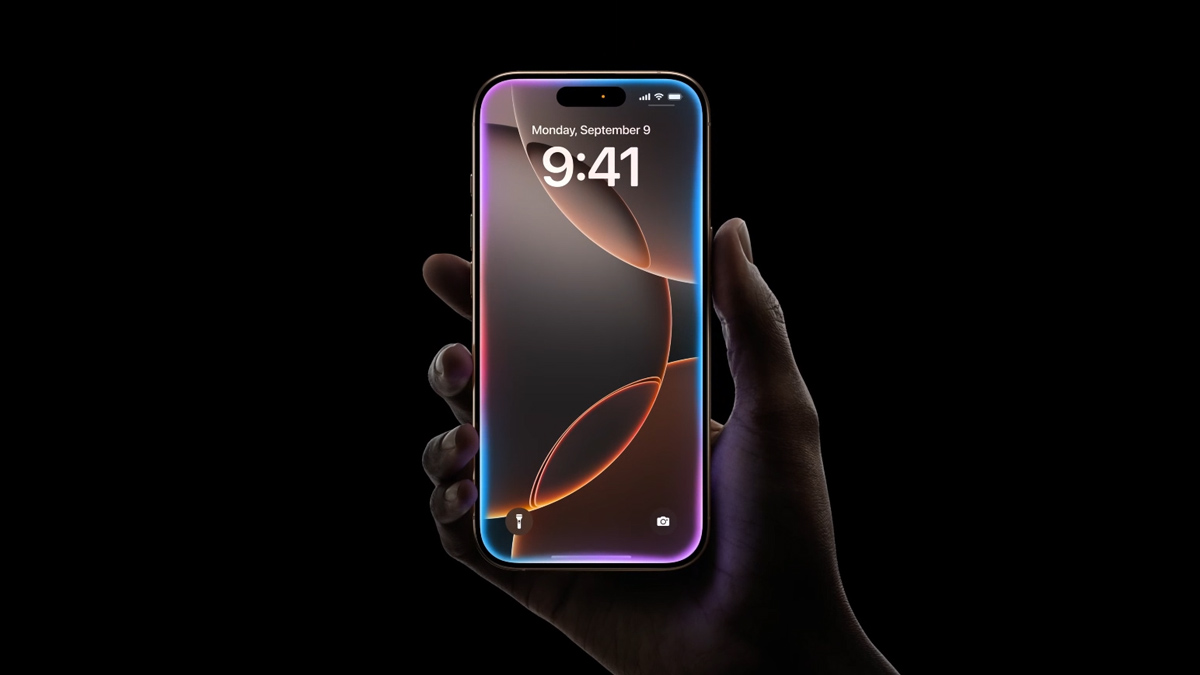
The iPhone 16 Pro Max costs $1,199 for 256GB of storage and 8GB of RAM. All iPhone 16 models are confirmed to have 8GB of RAM to run Apple Intelligence features. This might seem like a joke in the Android world, but it’s actually a big deal in iPhone land, and it’s the first time we’re seeing the entire lineup with the same amount of RAM. It’s not an upgrade for the 16 Pro Max, though, since the 15 Pro Max also had 8GB RAM.
Four colors are available – Desert Titanium, Natural Titanium, White Titanium, and Black Titanium. Internal storage can go up to 1TB, which costs $1,599. It’s relatively expensive, but the 9 Pro XL is no different. Google’s offering starts a little lower at $1,099, but this is for 128GB of storage. Ideally, You’d want at least 256GB, which will set you back $1,199, like the iPhone. There’s 512GB and 1TB options too (only in the Obsidian color) for $1,549. All variants come with 16GB of RAM, which we’d expect for a top-tier Android phone. The Pixel comes in four colors — Porcelain, Rose Quartz, Hazel, and Obsidian.
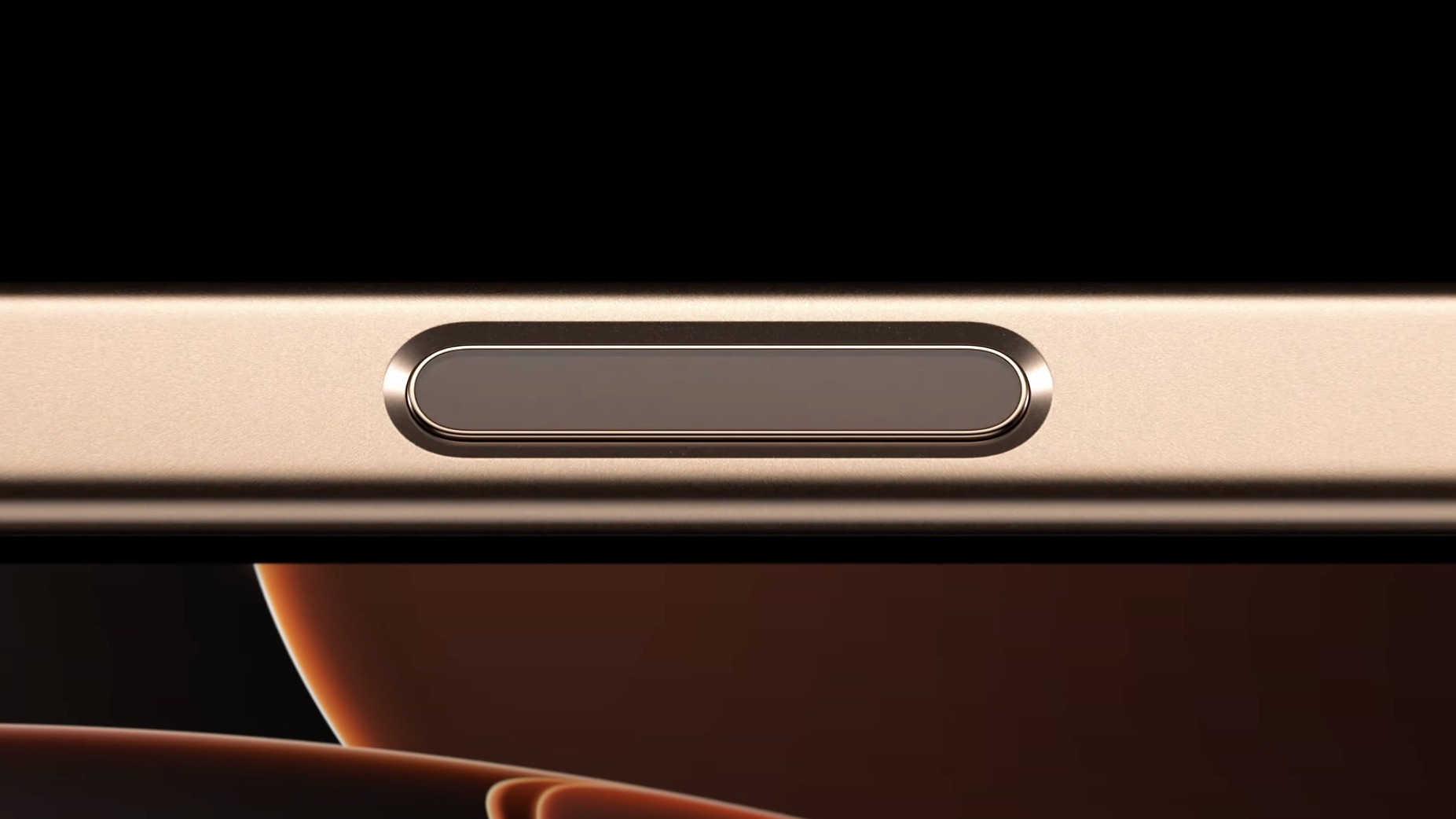
Apple and Google have similar wireless and 5G connectivity. The 16 Pro Max and 9 Pro XL support all the major 5G bands and carriers in the U.S., along with Wi-Fi 7, Bluetooth 5.3, NFC, Ultra Wideband, and satellite SOS service. Both offer secure biometric authentication, like an ultrasonic fingerprint reader on the Pixel and Face ID on the iPhone.
| Header Cell - Column 0 | iPhone 16 Pro Max | Pixel 9 Pro XL |
|---|---|---|
| Software | iOS 18 | Android 14 |
| Display | 6.9-inch Super Retina XDR, OLED LTPO 1320x2868 resolution, 120Hz, up to 2,000 nits (outdoors) | 6.8-inch Super Actua, 1344 x 2992 LTPO OLED, 1-120Hz, up to 3,000 nits brightness |
| Processor | A18 Pro | Tensor G4 |
| RAM | 8GB | 16GB |
| Storage | 256Gb, 512GB, 1TB | 128GB, 256GB, 512GB, 1TB |
| Protection | Ceramic Shield on display, IP68 rating | Gorilla Glass Victus 2 on display, IP68 rating |
| Rear cameras | 48MP main + 12MP telephoto + 48MP ultrawide | 50MP main + 48MP telephoto + 48MP ultrawide |
| Front camer | 12MP | 42MP |
| Battery | 4,685mAh | 5,060mAh |
| Charging | 37W wired. 23W wireless | Fast wired and wireless charging |
| Wireless connectivity | 5G, UWB, Wi-Fi 7, Bluetooth 5.3, NFC, satellite emergency calls | 5G, UWB, Wi-Fi 7, Bluetooth 5.3, NFC, satellite emergency calls |
| Dimensions | 163 x 77.6 x 8.3 mm | 162.8 x 76.6 x 8.5 mm |
| Colors | Black Titanium, White Titanium, Natural Titanium, Desert Titanium | Porcelain, Rose Quartz, Hazel, Obsidian |
The A18 Pro SoC powers the iPhone 16 Pro Max, which we are confident will make the phone incredibly powerful. Apple is claiming significant gains in GPU computing and memory bandwidth compared to the iPhone 15 Pro Max, which was stellar to begin with. Apple promises improved battery life of up to 33 hours with the 16 Pro Max with video playback. The phone can be fast-charged up to 50% in 30 minutes or quicker when paired with a higher-wattage adapter. It also supports MagSafe and Qi2 wireless charging standards.
The Tensor G4 SoC powers the Google Pixel 9 Pro XL, the most power-efficient processor yet. Our ongoing review found that the thermals are much better controlled, although it still throttles hard when playing heavy games. It’s not a big step forward in computing performance and will undoubtedly trail behind Apple’s offering. The 9 Pro XL does, however, boast of a 24+ hour battery life thanks to the large 5,060mAh capacity. Charging speeds have improved over the previous model, and it can be charged up to 70% in 30 minutes using Google’s 45W charger. If you use the Pixel Stand (2nd Gen) charger, fast wireless charging is also present.
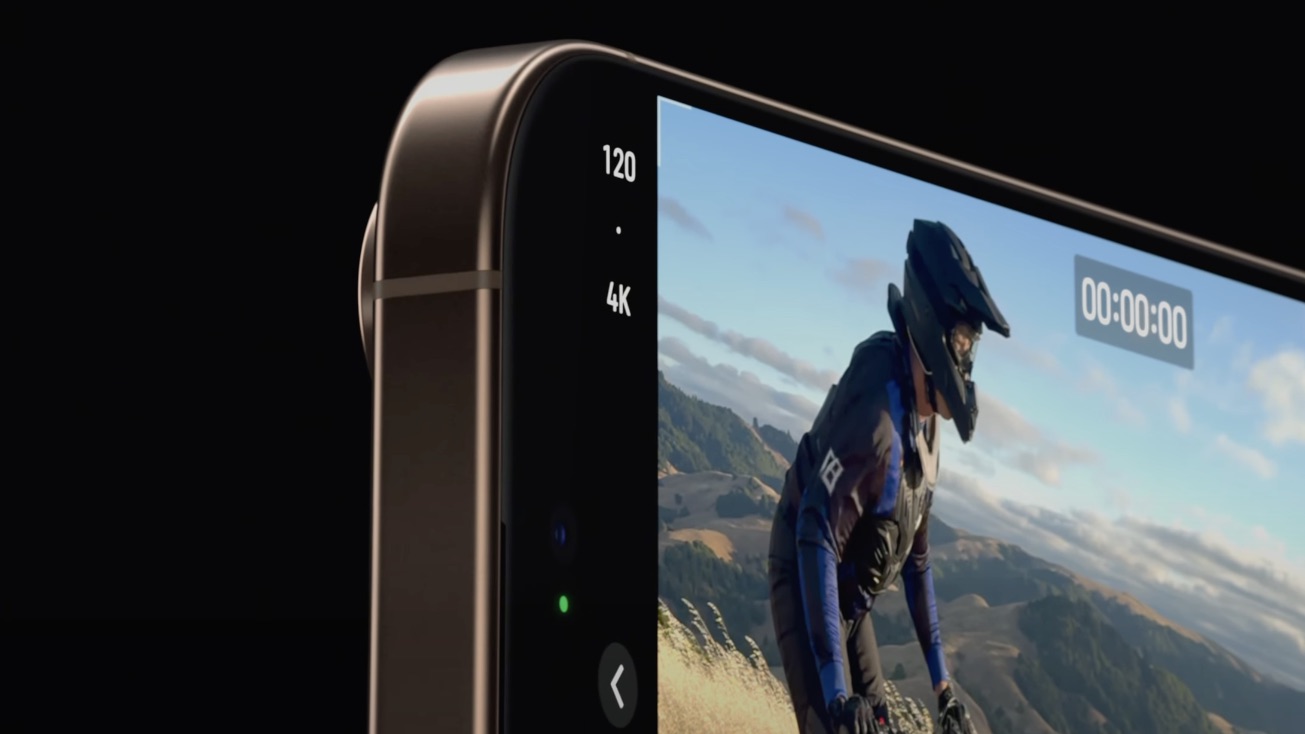
This time, the iPhone 16 Pro Max and the Google Pixel 9 Pro XL are neck-and-neck in camera quality. Both smartphones have top-tier camera sensors, so the largest difference could be in the picture cameras' color tone. The Pixel should still rule the house when it comes to capturing good details in zoom shots, thanks to its 48MP periscope telephoto camera. The iPhone has 5x optical zoom, too, but it’s only a 12MP sensor.
With its larger 42MP sensor, the Pixel should also have an upper hand with selfies. The 16 Pro Max does have one really cool trick up its sleeve: Its main camera can shoot 4K 120fps Dolby Vision videos. That’s a powerful tool for video creators, making this generation’s Pro series the best yet for video recording.
Apple iPhone 16 Pro Max vs. Google Pixel 9 Pro XL: Software
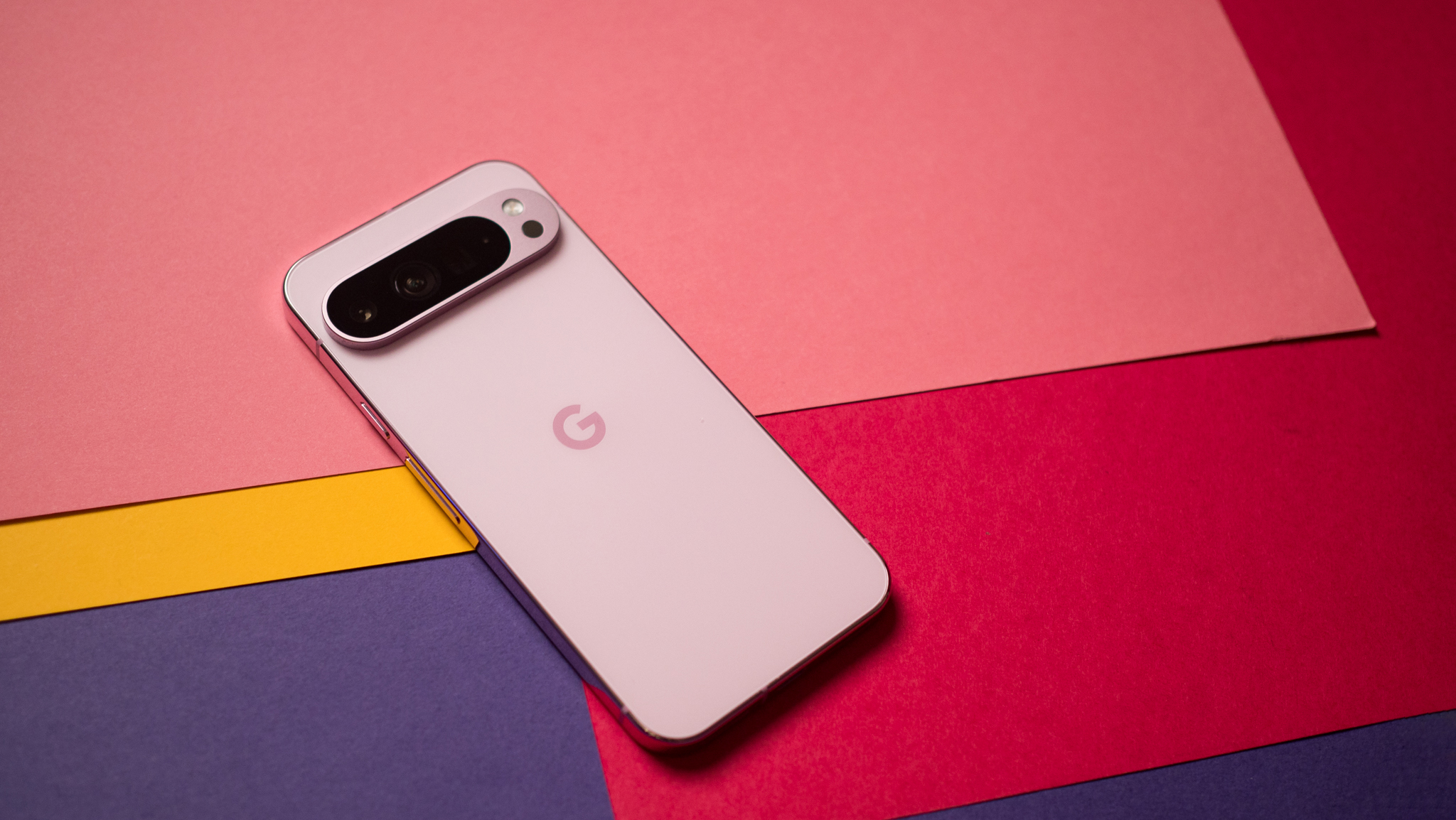
Ultimately, Apple and Google want you to buy their phones for the software experience. For Apple, there’s only one choice, and that’s the iPhone. iOS 18, Apple’s latest version of its mobile OS, was just rolled out to the public. It features some major UI changes, like the ability to add a custom color to all your app icons and new ways to interact with the shortcuts and toggle switches. The highlight addition, though, is Apple Intelligence because simply calling it AI is too mainstream for Apple.
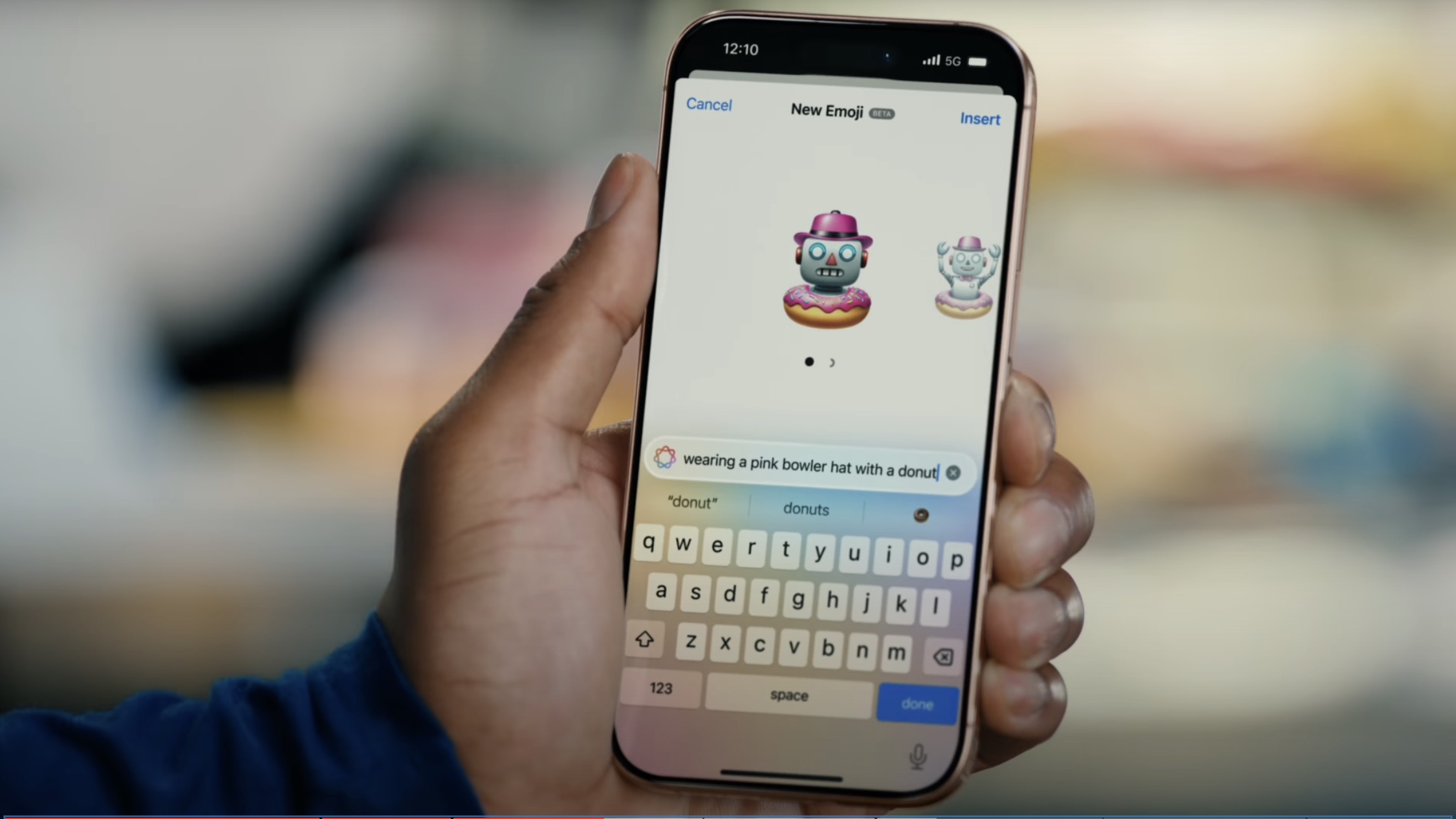
Apple’s AI feature will work across the range of iPhone 16 models and only the Pro models in the last gen, along with select models of the iPad and Mac. Many of the “new” features are already things we’ve seen on Android phones. The kicker is that none of these features will be available on the iPhone 16 Pro Max the day you buy it. That’s right, Apple Intelligence will be coming this fall to all supported devices as an update, while other AI features won’t be here till early next year. That’s a giant leap of faith for early adopters. One thing’s for sure: the 16 Pro Max will have at least five years of software support, considering that the 2018 iPhone XR is also getting iOS 18.
The Google Pixel 9 Pro XL promises to get seven years of OS upgrades, which is incredible for one of the best Android phones. While it doesn’t ship with the latest version of Android (because it’s not rolled out yet), you get all the AI features from day one. The Pixel line has survived all these years despite having basic hardware, purely on the prowess of Google’s software. The 9 Pro XL gets exclusive AI features like Reimagine and Add Me that no other previous-gen Pixel receives, which is a good incentive for users with an older Pixel to upgrade.
Apple iPhone 16 Pro Max vs. Google Pixel 9 Pro XL: Which one should you get?
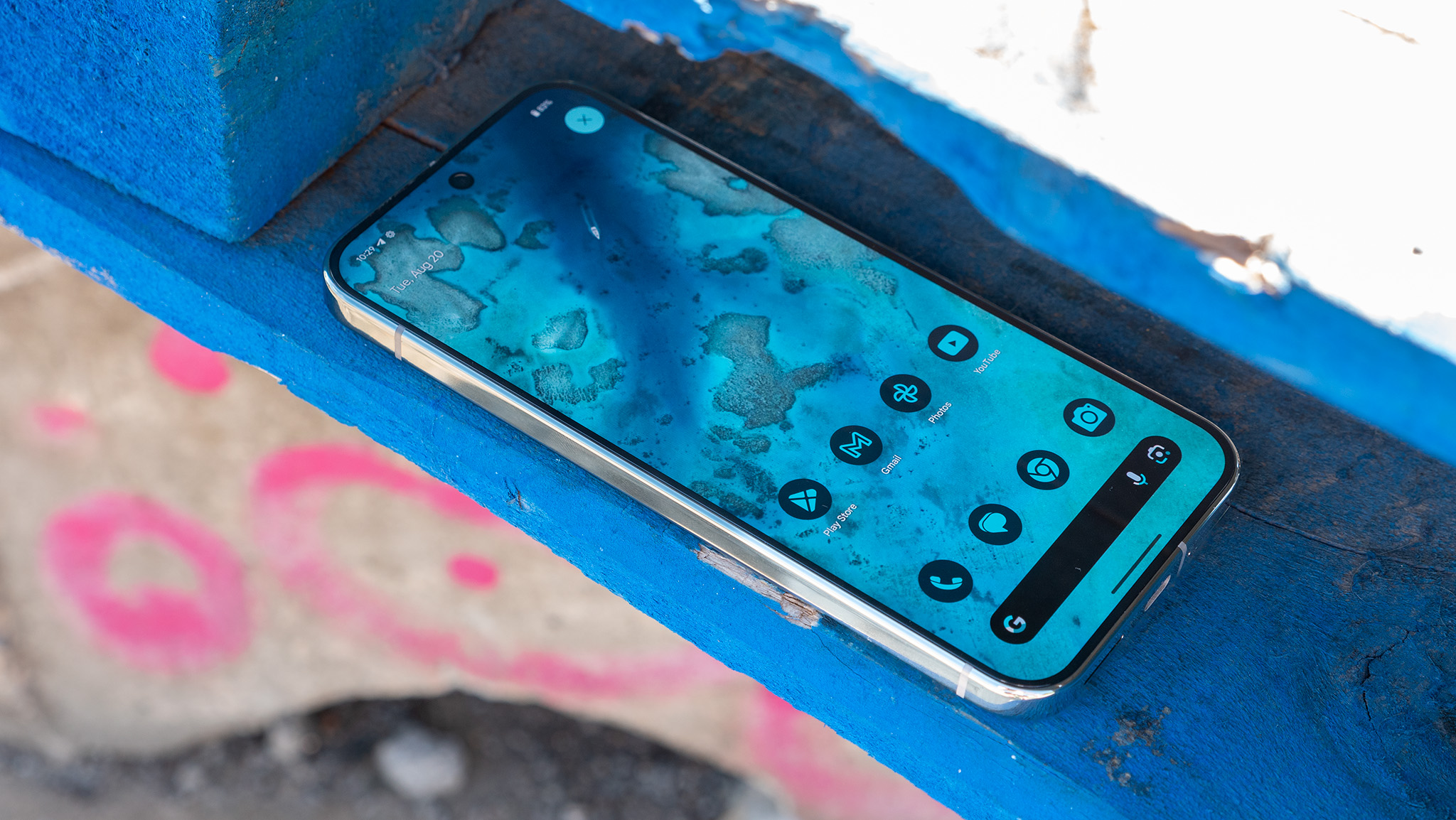
The iPhone 16 Pro Max is easily Apple's finest mobile hardware. If you’re in the ecosystem and have been waiting for it to upgrade from an older iPhone, chances are you’ve already pre-booked and used it. For the rest who don’t have a platform preference and want the best phone above $1,000, I’d put my money on the Pixel 9 Pro XL. Now, before you sound off in the comments saying, “Android Central chose an Android phone as the winner over an iPhone, big surprise!” hear me out.
I fully concede that the iPhone 16 Pro Max will decimate the Pixel in tasks like gaming, and it is superior for any video work (as iPhones generally tend to be). However, besides the new SoC, camera button, and ultrawide sensor, it’s not too different from the 15 Pro Max, which should start seeing big discounts soon as Apple officially discontinued it from its online store. This older model should be able to run Apple Intelligence just as well whenever this feature drops.
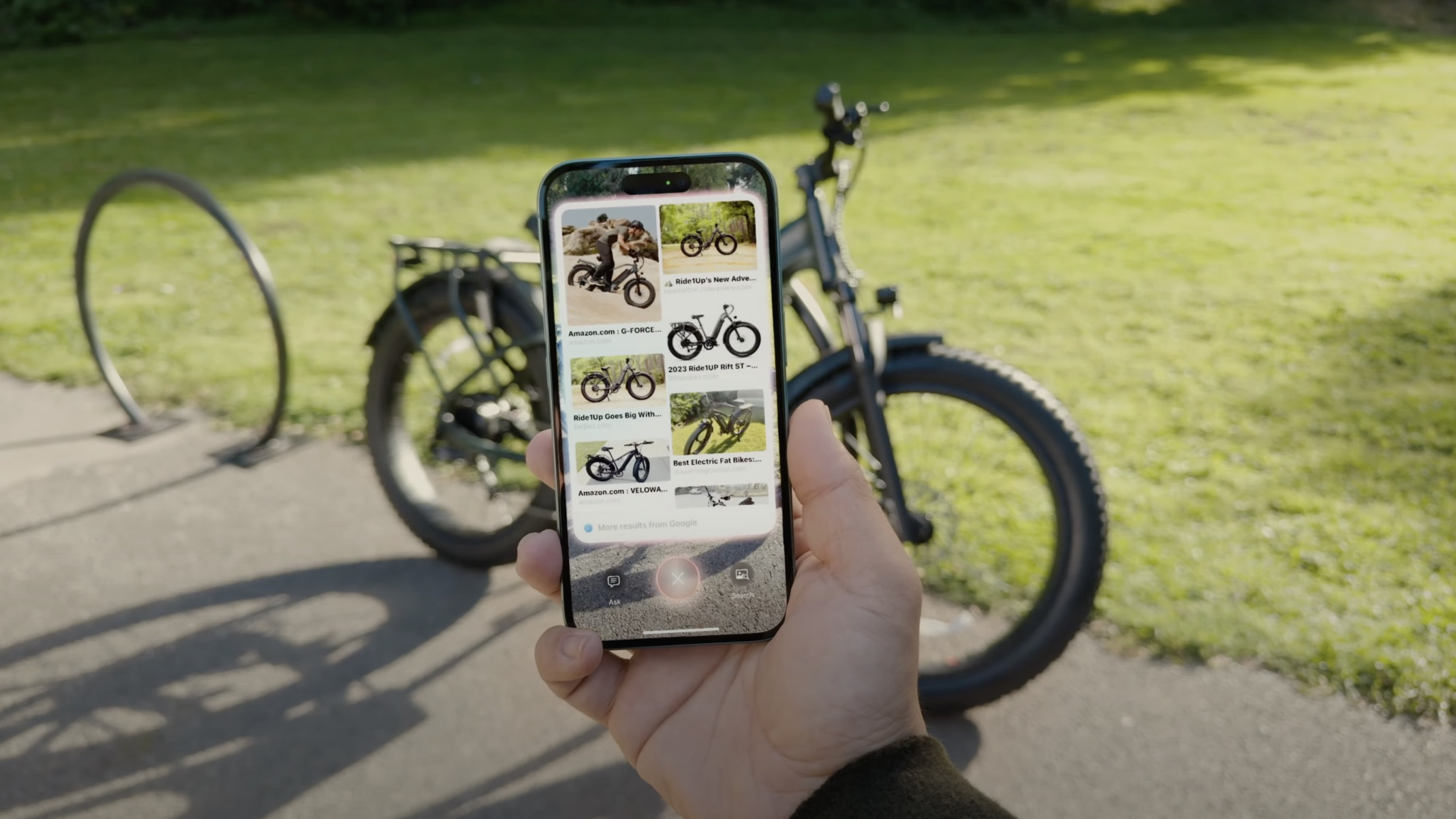
The Pixel 9 Pro XL’s processor may lack the brute force of the iPhone’s chip, but it makes up for that in several other ways. For starters, it’s way cooler to look at, and everyone will know it’s the latest Pixel. Secondly, the new AI features in Google’s first-party apps are scarily good and super useful. It also matches an iPhone in terms of the longevity of software updates. We know the cameras are excellent for still photos, and battery life is solid.
While you can make a case for the iPhone 16 Pro Max at launch if you’re one of those niche users that would actually take advantage of the hardware improvements, I think most users would get more use out of the 9 Pro XL’s superb AI features, which have a broader appeal.
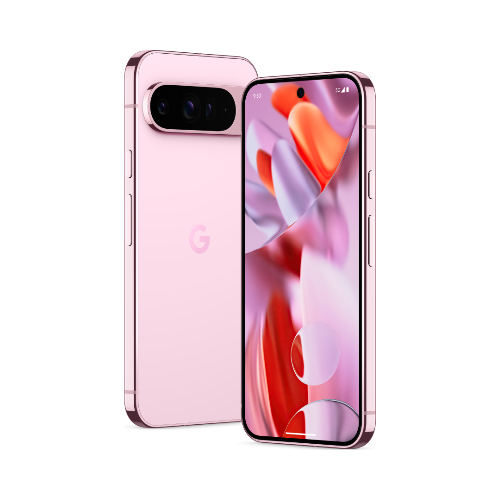
The flagship for most people
The Pixel 9 Pro XL features many worthy improvements over its predecessor and has some of the finest AI features, making it the better choice against the 16 Pro Max.

Not yet intelligent
The iPhone 16 Pro Max has incredibly powerful hardware and superb camera features that cinematographers will love. But its major highlight feature is coming later via an update, making it a hard sell at the moment.

Roydon has been writing about personal technology for 10+ years, and has covered everything from news, reviews, features, to on-ground coverage of big trade shows like CES. He's passionate about mobile technology and computing, dabbles with photography, and is still struggling to work his way through his Steam and PS4 game library.
You must confirm your public display name before commenting
Please logout and then login again, you will then be prompted to enter your display name.
